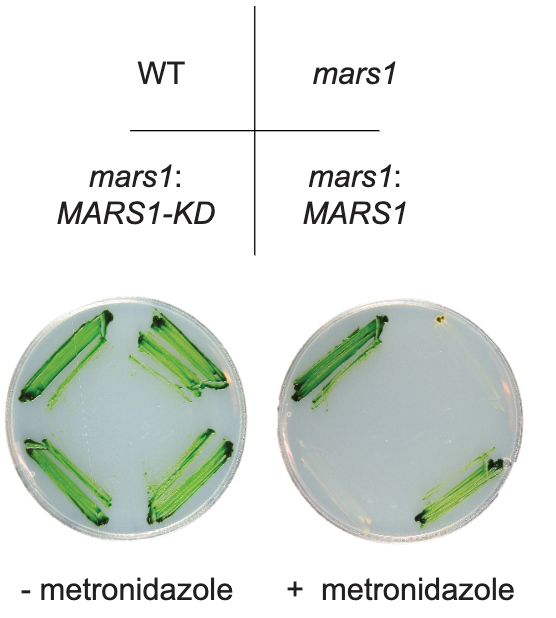
Mars1 kinase signaling in the chloroplast unfolded protein response (eLIFE)
Plant Science Research WeeklyIn stressful situations, such as high light and nutrient scarcity, the chloroplast may experience increased proteotoxicity due to a surge in damaging reactive oxygen species. In response, a signal is sent to the nucleus to increase production of many proteins, including proteases and chaperones to help…

Update: How plants sense and respond to stressful environments (Plant Phys)
Plant Science Research WeeklyA longstanding question in plant science is how plants “know” that they are under threat. The identification of cell-surface receptors that identify conserved pathogen patterns sheds some light on biotic stress perception, but what about abiotic stresses such as excessive heat or drought? Lamers…
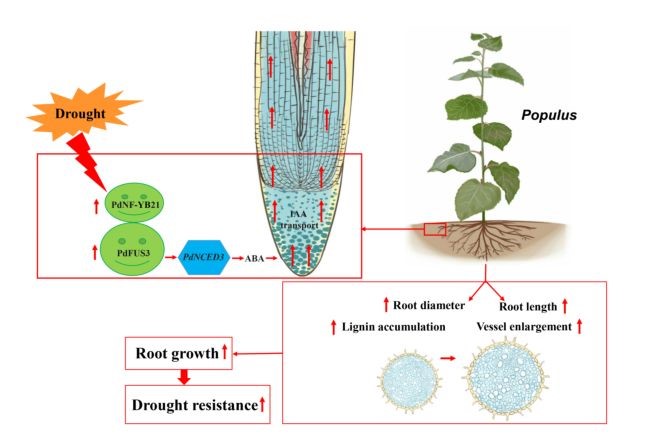
Transcription factor NF‐YB21 positively regulate the root growth in Populus (New Phytol)
Plant Science Research WeeklyNuclear factor Y (NF-Y) proteins are heterotrimeric transcription factors made up of A, B and C subunits that exist in higher eukaryotes. Previous work has implicated NF-Ys in root growth. Recently, Zhou et al. isolated a root-specific NF-Y family transcription factor in Populus designated as PdNF-YB21.…
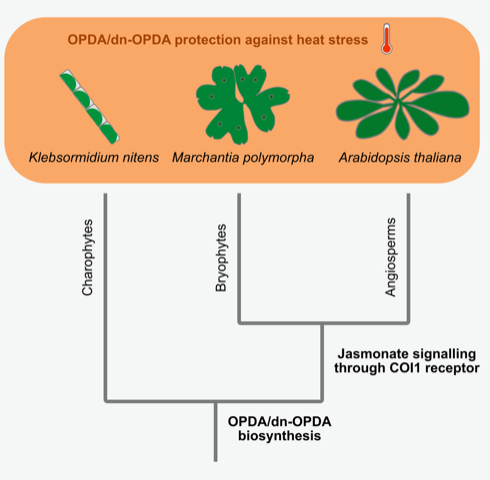
Heat tolerance regulated by an ancient jasmonate signaling pathway (Curr. Biol)
Plant Science Research WeeklyJasmonate responses are regulated not only by the well-studied pair of the bioactive hormone jasmonoyl-isoleucine (JA-Ile) and the receptor COI1, but also the cyclopentenone OPDA and the JA-Ile precursor dn-OPDA can activate jasmonate signaling. However, the OPDA/dn-OPDA signaling and their physiological…
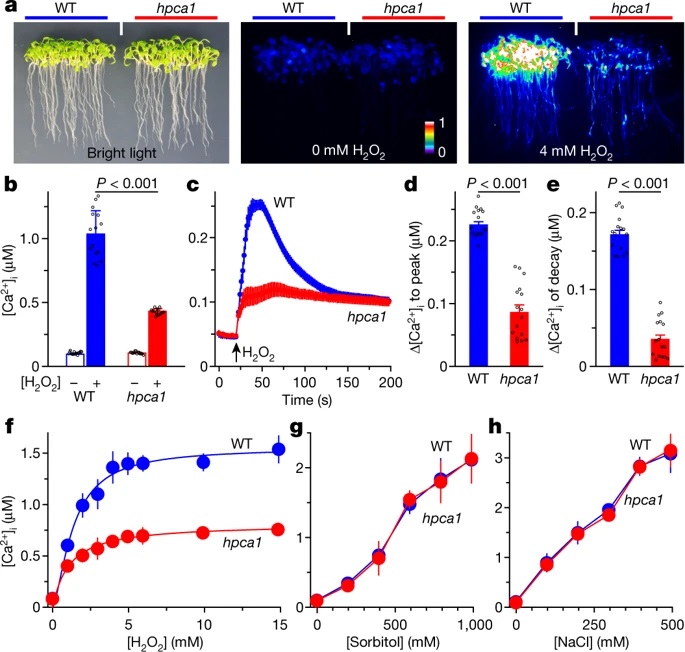
Hydrogen peroxide sensor HPCA1 is an LRR receptor kinase in Arabidopsis (Nature)
Plant Science Research WeeklyHydrogen peroxide (H2O2) is an important signal involved in diverse stress responses both intracellularly and extracellularly, but until now it hasn’t been clear how the plant recognizes it. Wu et al. used a genetic screen to search for plants that fail to produce a calcium influx response in the presence…
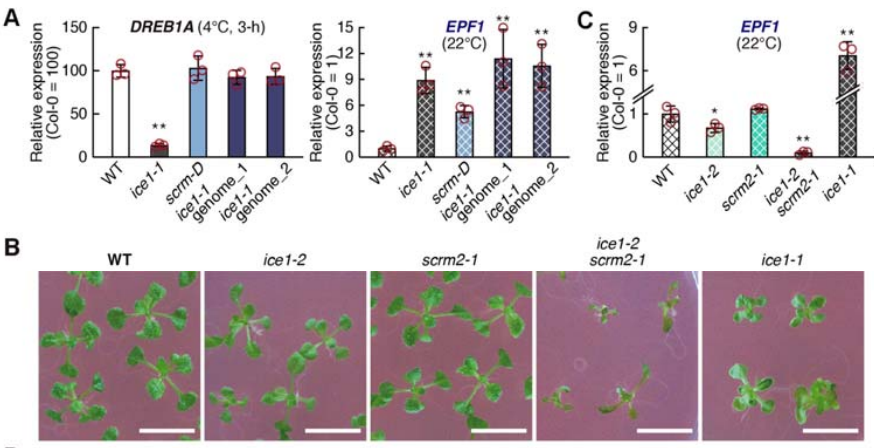
Does ICE1 participate in cold responses?
Plant Science Research WeeklyFor many years, the Arabidopsis transgenic allele ice1-1 was used to demonstrate the role of the transcription factor ICE1 in freezing and cold tolerance. This gene was first identified in a screening strategy using a luciferase reporter for DREB1A expression, another TF involved in downstream signaling.…
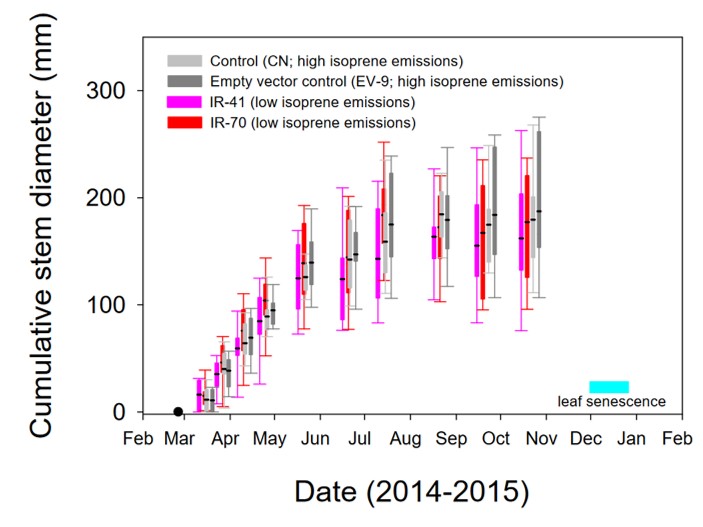
High productivity in hybrid-poplar plantations without isoprene emission to the atmosphere ($) (PNAS)
Plant Science Research WeeklyMany trees emit isoprene (C5H8, a small volatile carbon compound) during hot weather, and isoprenes have been shown to help trees tolerate short bursts of high temperatures (heat flecks). Isoprenes are not themselves harmful, but are reactive and can lead to the production of high levels of ground-level…

Review: Methods to visualize elements in plants (Plant Physiol)
Plant Science Research Weekly
Plant Science Research Weekly: February 14
February 14, 2020/in Blog, WWR Full Post /by Mary Williams
Review: Deep learning for plant genomics and crop improvement
One of the goals of plant science is to use the molecular phenotype (genome, transcriptome, proteome) to predict the…
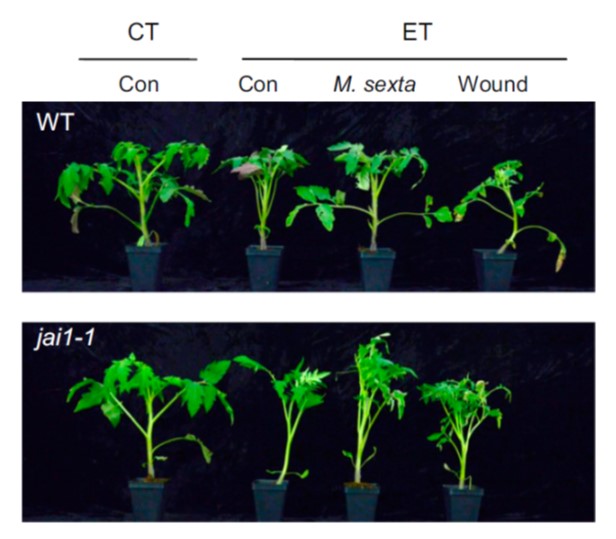
Insect herbivory antagonizes leaf cooling responses to elevated temperature in tomato (PNAS)
Plant Science Research WeeklyPlants have strategies to cool themselves when the temperature is hot. These include increasing their rate of transpirational cooling through stomatal opening and raising their leaves, which can enhance air flow. Previous studies have shown a role for the heat shock proteins (HSPs) and their cochaperone…

